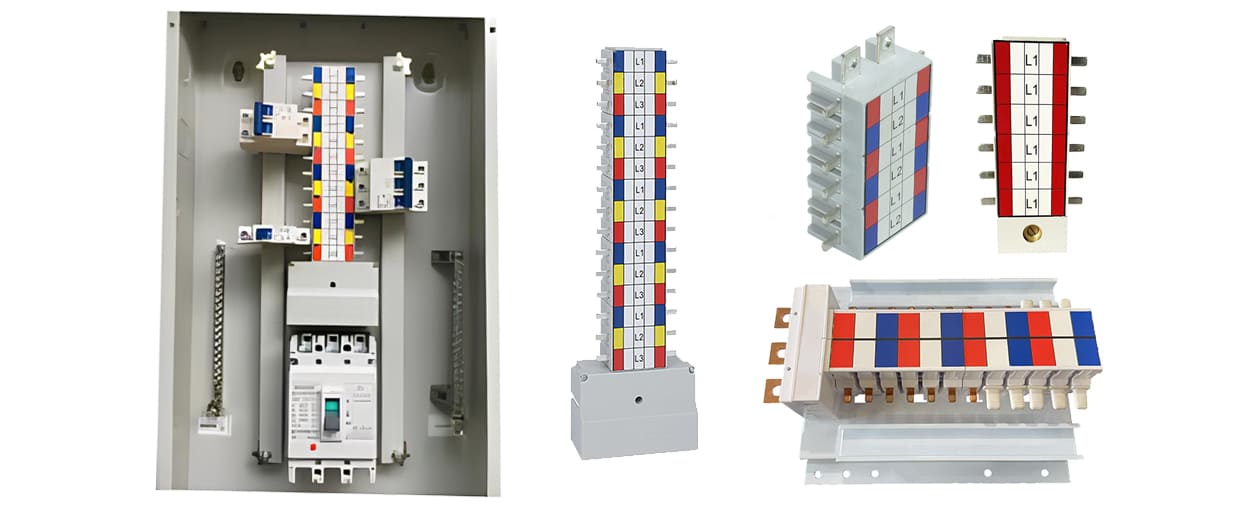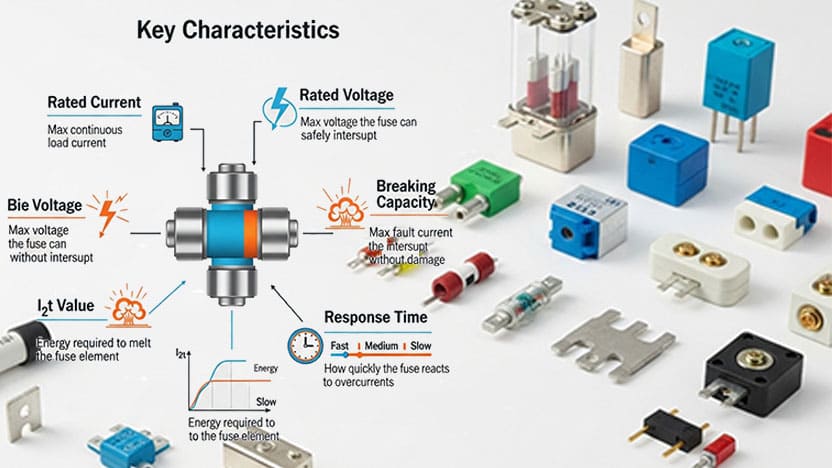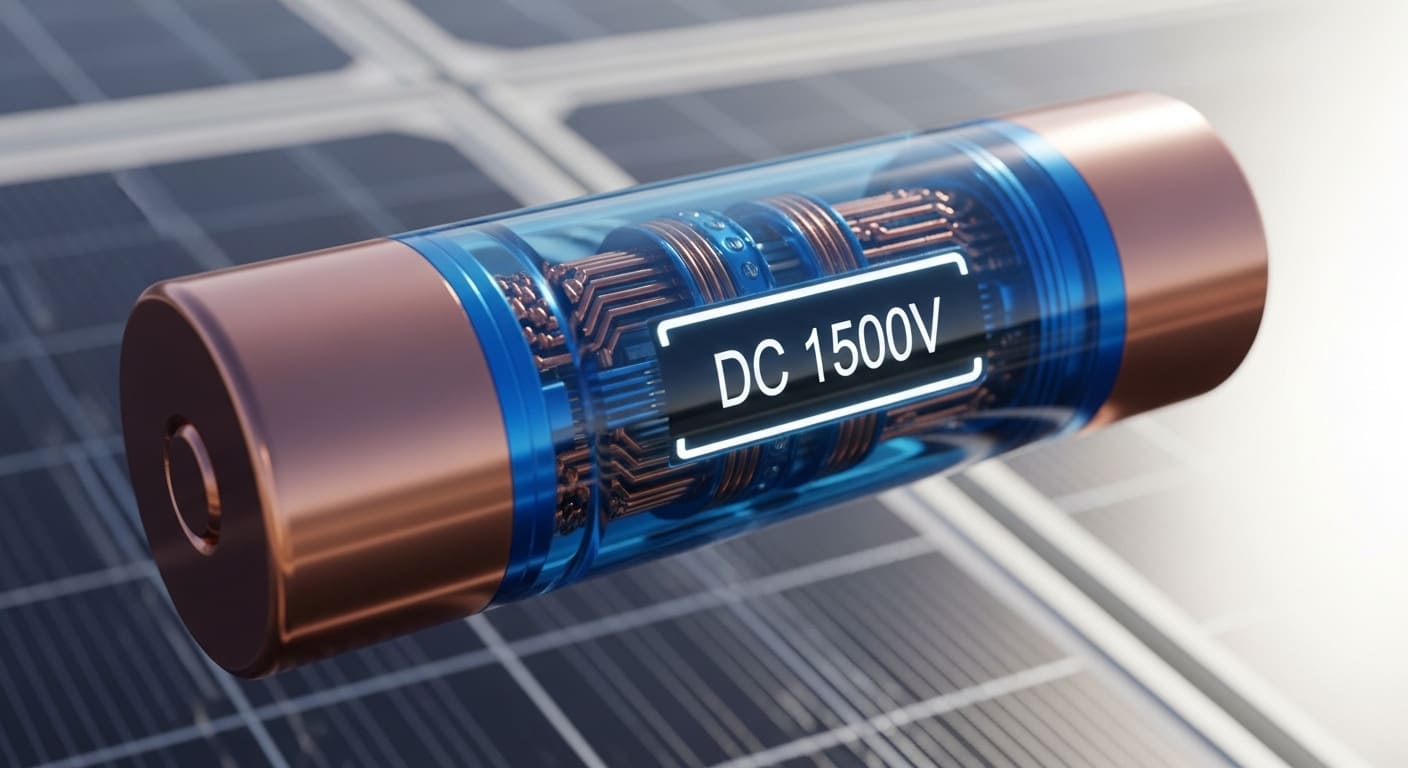Solar installations face serious fire risks when overcurrent protection1 is overlooked. I've seen melted connectors and charred wiring that could have been prevented with proper protection devices between panels and inverters.
For most solar PV installations, both DC fuses2 and breakers provide necessary overcurrent protection, but DC fuses typically offer superior arc suppression3 characteristics critical in DC circuits where voltage doesn't naturally cross zero. The optimal approach combines string fuses4 with a main DC disconnect breaker5.
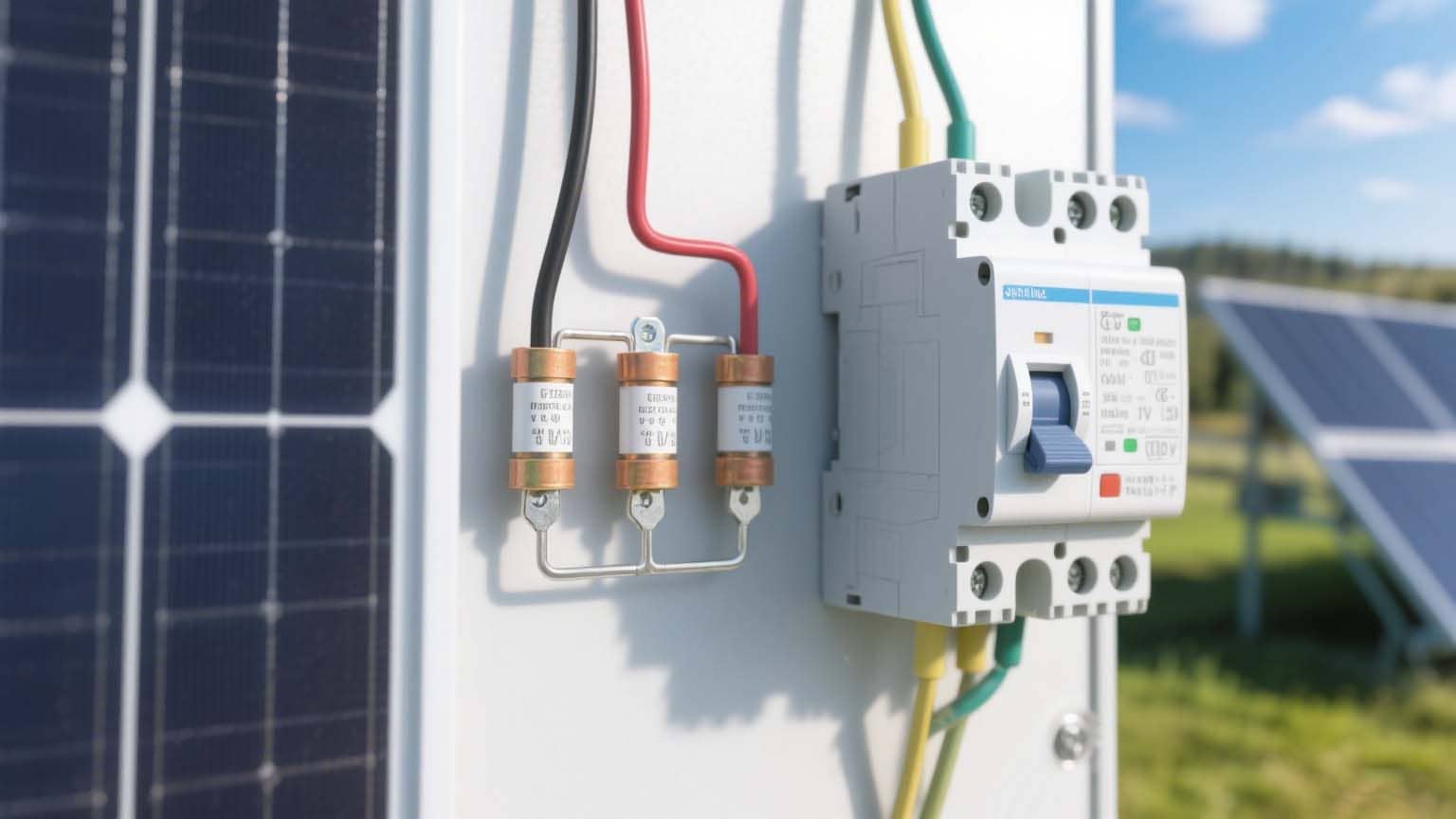
Choosing between DC fuses and breakers isn't just about compliance—it's about long-term system safety and performance. Having worked on hundreds of solar installations across various scales, I've developed practical insights that go beyond theoretical specifications.
Do I Need a Breaker Between Solar Panel and Inverter?
Many DIY installers skip protection devices to save costs. But I've witnessed catastrophic failures where unprotected circuits caused equipment damage and created serious fire hazards.
Yes, you need some form of overcurrent protection and disconnection capability between solar panels and inverters. This protection safeguards against reverse currents, short circuits6, and provides a means to safely isolate components during maintenance or emergencies.
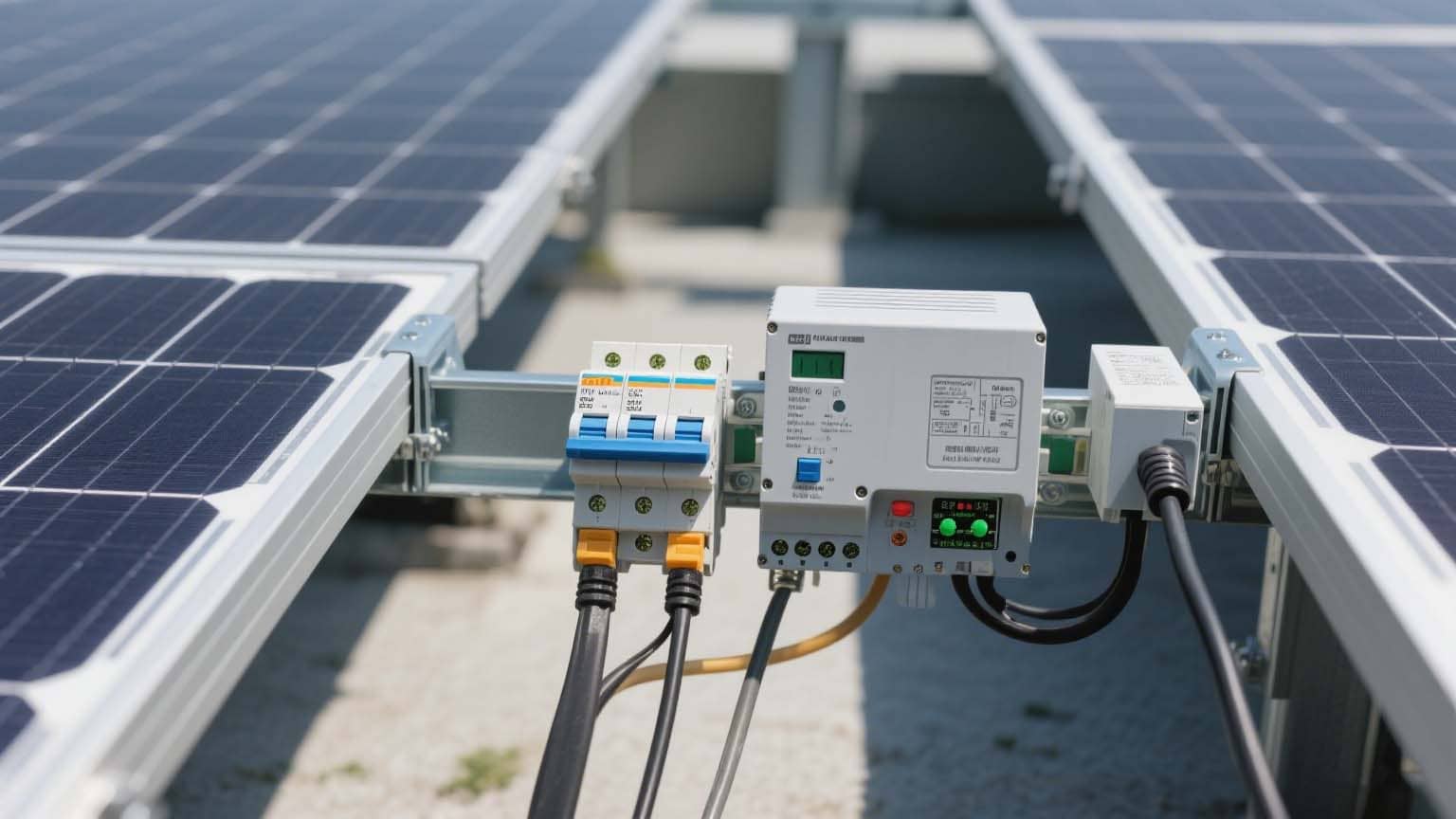
When designing solar power systems, protection devices serve dual purposes: safety during normal operation and convenience during maintenance. The National Electrical Code (NEC)7 requirements aren't just bureaucratic hurdles—they're life-saving measures developed through hard lessons.
Protection Requirements by System Size
The specific protection needs vary based on your installation size:
| System Size | Recommended Protection | Main Purpose |
|---|---|---|
| Small Residential (<5kW) | DC disconnect with integrated breaker | Simple maintenance isolation8 |
| Medium Residential (5-10kW) | String fuses + DC disconnect | Overcurrent protection + maintenance |
| Commercial (>10kW) | Multiple string fuses + DC breakers9 | Comprehensive protection architecture |
I've found that even in small systems, having proper disconnection capabilities saves significant time during troubleshooting and maintenance. For larger systems with multiple strings, fused protection10 becomes essential to prevent reverse currents between strings when partial shading occurs.
Should I Use a Fuse or Breaker for Solar Panels?
Many suppliers push DC breakers as the complete solution, but after investigating multiple system failures, I've concluded this approach overlooks crucial safety aspects.
For solar panel string protection, DC fuses typically provide better overcurrent protection and arc suppression in DC circuits. However, DC breakers offer the advantage of easy disconnection for maintenance. The best practice is using string fuses for protection combined with a main DC breaker for disconnection.
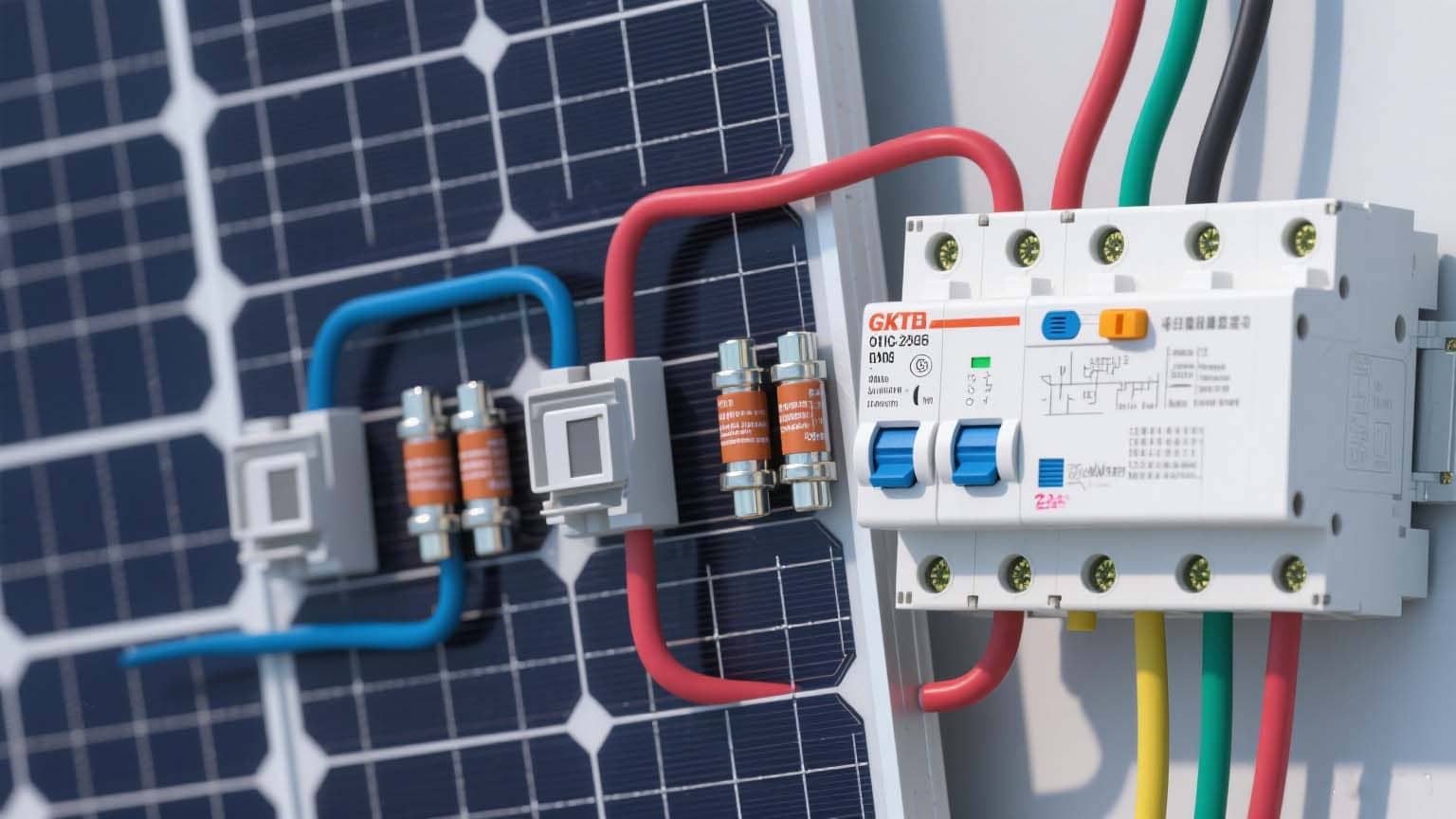
After working with hundreds of systems, I've developed a nuanced approach to protection design. The physics of DC electricity makes arc suppression particularly challenging, as DC arcs don't self-extinguish like AC arcs that cross zero 50-60 times per second.
Comparing DC Fuses vs. DC Breakers for Solar Applications
Here's why this distinction matters in real-world applications:
| Feature | DC Fuses | DC Breakers | Practical Impact |
|---|---|---|---|
| Arc Suppression | Superior | Good but limited | Fuses contain and extinguish DC arcs more effectively |
| Disconnection | One-time use | Resettable | Breakers provide convenient maintenance isolation8 |
| Response Time | Faster for short circuits | Slower, more consistent | Fuses respond faster to dangerous surge currents |
| Temperature Stability | Highly stable | Can drift over time | Fuses maintain rated performance in varying environments |
| Maintenance | Replacement needed after trip | Resettable | Breakers reduce long-term maintenance costs |
I recommend a hybrid approach11 for most commercial installations: DC-rated fuses12 for string-level protection combined with a main DC breaker for maintenance disconnection. This gives you the best protection characteristics while maintaining serviceability.
Should I Put a Fuse Between the Battery and the Inverter?
I've seen multiple battery systems with melted cables due to insufficient protection. These dangerous situations could have been prevented with proper fusing.
Yes, a properly sized DC fuse or circuit breaker is essential between a battery bank and inverter. This protection prevents potentially catastrophic damage from short circuits, where batteries can deliver extremely high fault currents that exceed thousands of amps.
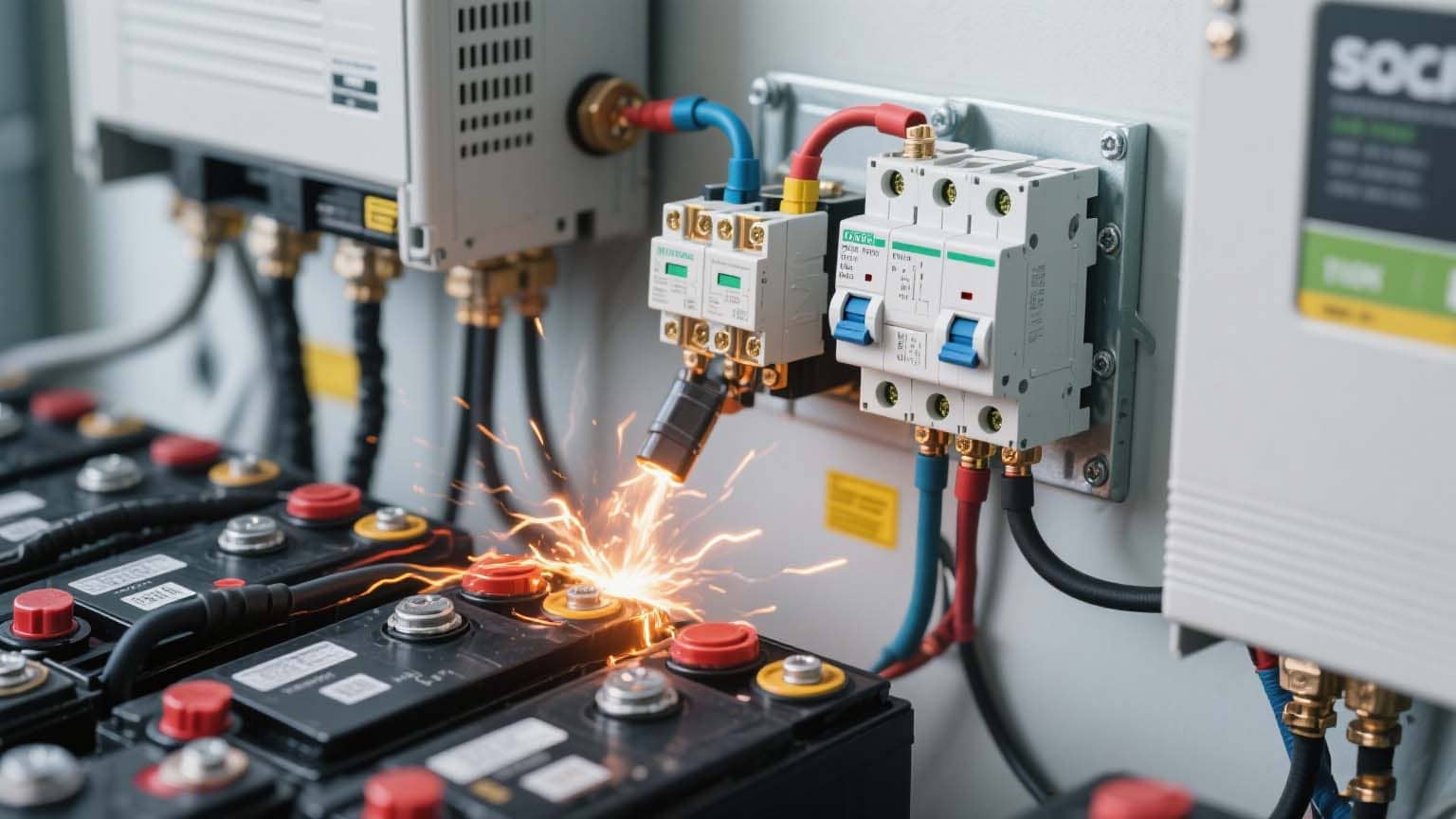
Battery systems present unique challenges compared to solar panels. While panels have limited short-circuit current capacity (typically 1.25-1.5x their rated current), batteries can deliver massive fault currents almost instantaneously.
Battery Protection Considerations
Battery protection requires careful sizing based on multiple factors:
| Protection Aspect | Key Considerations | Recommended Approach |
|---|---|---|
| Current Rating | Battery short circuit capability, inverter surge requirements | Size for 125-150% of max continuous current |
| Voltage Rating | Battery bank voltage, including surge voltages | Must be DC-rated at ≥150% of nominal voltage |
| Response Speed | Fast enough for battery protection13, slow enough for inverter surges | Time-delay fuses are often optimal |
| Placement | As close to battery positive terminal as possible | Within 12 inches of battery terminal |
| Accessibility | Must be readily accessible, but protected from accidental contact | Fuse blocks with protective covers |
I've found that Class T or Class J DC-rated fuses provide excellent protection characteristics for most battery-to-inverter connections. For larger systems, battery-specific DC circuit breakers with properly rated DC interruption capacity14 offer good protection with the added benefit of reset capability.
What is the Difference Between a DC Fuse and a DC Breaker?
Early in my career, I installed an AC breaker in a DC application. It failed to trip during a fault test and almost caused a fire. This experience taught me the critical differences between AC and DC protection devices.
DC fuses and breakers are specifically designed to handle direct current's unique characteristics. Unlike AC, DC doesn't cross zero naturally, making arc suppression more difficult. DC fuses typically use longer internal arc quenching paths, while DC breakers employ special mechanisms like magnetic blowouts or elongated contact paths.
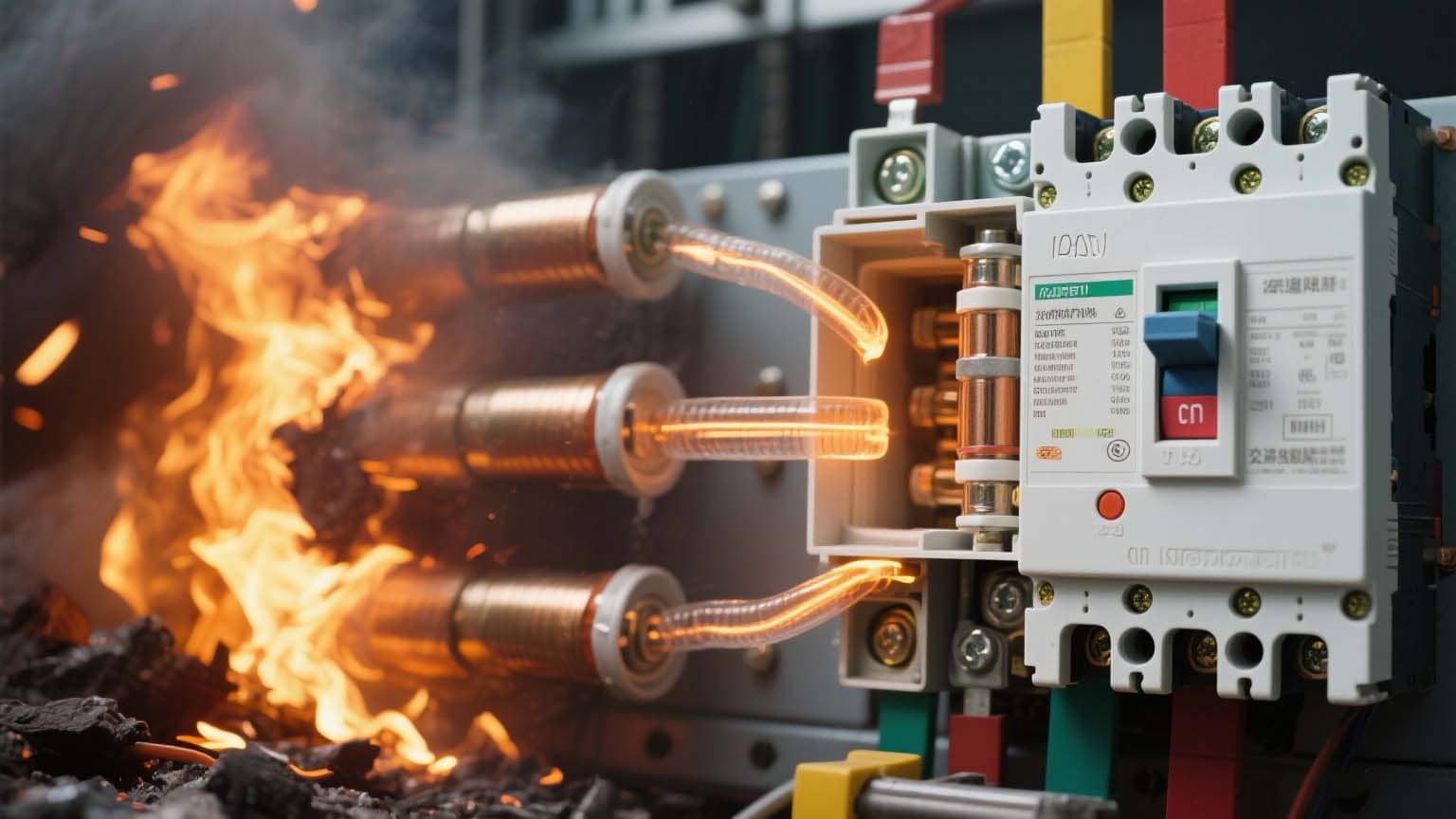
The physics behind DC and AC circuits creates fundamental differences in how protection devices must function. These differences affect real-world performance and safety in ways that aren't always obvious.
Key Technical Differences and Selection Factors
Understanding these differences helps select the right protection for your system:
| Feature | DC Fuses | DC Breakers | Selection Impact |
|---|---|---|---|
| Operating Principle | Melting element interrupts current | Mechanical contacts separate | Fuses typically respond faster to severe faults |
| Arc Quenching | Sand, special filling materials | Magnetic blowouts, elongated paths | DC-specific designs are critical for safety |
| Voltage Rating | Must be specifically DC-rated | Must be specifically DC-rated | Never substitute AC devices in DC applications |
| Interruption Capacity | Typically higher for equivalent size | Limited by mechanical construction | Critical for battery systems with high fault current |
| Life Expectancy | Single-use | Limited mechanical cycles | Consider maintenance requirements |
| Temperature Effects | Performance affected by ambient temperature | Less temperature-sensitive | Important in outdoor installations |
When selecting protection devices, I always verify the DC voltage rating explicitly. Many devices are rated for much lower DC voltage than their AC rating, which creates dangerous situations when misapplied. For example, a 600V AC breaker might only be rated for 150V DC.
Conclusion
From years of hands-on experience, I recommend a hybrid approach using DC fuses for primary string protection and DC breakers for disconnection. Always choose components specifically rated for DC photovoltaic applications and prioritize proper installation to prevent connection points from becoming failure points.
-
Understanding overcurrent protection is crucial for ensuring the safety and longevity of solar systems. ↩
-
DC fuses provide superior arc suppression, making them essential for safe solar installations. ↩
-
Arc suppression is vital for preventing fires and equipment damage in solar installations. ↩
-
String fuses are critical for protecting solar panel strings from overcurrent and faults. ↩
-
A main DC disconnect breaker is essential for safely isolating solar components during maintenance. ↩
-
Identifying causes of short circuits helps in designing safer solar installations. ↩
-
Understanding NEC requirements ensures compliance and enhances safety in solar installations. ↩
-
Maintenance isolation is vital for safely servicing solar systems without risk of electric shock. ↩ ↩
-
Learn how DC breakers enhance safety and maintenance convenience in solar power systems. ↩
-
Fused protection is essential for preventing reverse currents and ensuring system safety. ↩
-
A hybrid approach combines the strengths of fuses and breakers for optimal solar system safety. ↩
-
DC-rated fuses are specifically designed for solar applications, ensuring optimal performance. ↩
-
Proper battery protection is crucial to prevent catastrophic failures and ensure system reliability. ↩
-
Interruption capacity is critical for ensuring that protection devices can handle fault conditions. ↩


